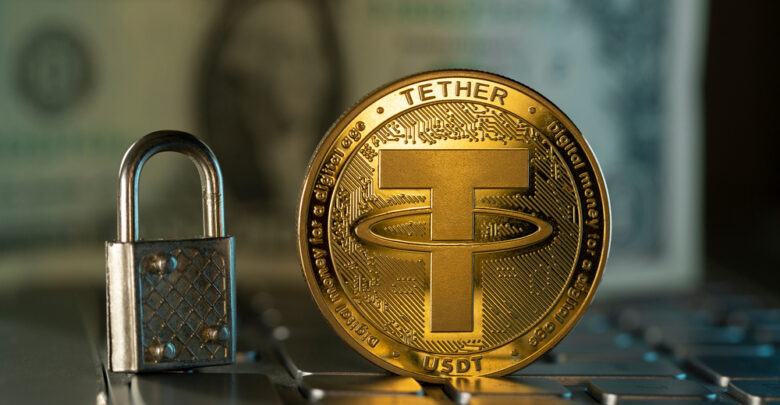According to a Friday report, Tether’s USDT is now available on another blockchain, Polkadot. Currently, the total number of blockchains supporting the USDT stablecoin is 15.
Polkadot Blockchain Adds Support For Tether’s USDT
On Friday, Tether announced that it had integrated its stablecoin into the Polkadot network. This news is coming after the stablecoin issuer added support for its USDT on another protocol.
On September 12th, Tether announced that it had added its USDT stablecoin to the Near Protocol. Recently, a judge in New York ordered the stablecoin company to produce documents revealing how it backed its stablecoin.
Meanwhile, Polkadot is an open-source distributed ledger technology that connects web3 ecosystems, blockchains, and DeFi (Decentralized Finance). Tether manages one of the largest stablecoin assets globally.
As of September 23rd, the USDT had a market valuation of over $68.24 billion. This makes it one of the most popular stablecoins in the crypto industry.
As of today, the valuation of the crypto sector is over $963 billion. The USDT represents over 7.078% of the total valuation.
According to the company, adding its stablecoin to the Polkadot ecosystem is a huge milestone. Currently, the company has launched its USDT on 15 blockchain networks.
Paolo Ardoino, Tether’s CTO, said the firm is happy to launch its stablecoin on Polkadot. This would allow users to access the stablecoin from various networks.
Market Valuation Of Tether’s USDT Increases By 0.8%
“This year has been a a period of expansion and development for Polkadot. Therefore, we anticipate that the incorporation of Tether will be critical to the company’s continued success,” Ardoino added.
Over the past month, statistics reveal that the market capitalization of Tether increased by about 0.8%. On Friday, the USDT commanded over $45.51 billion out of the $81.84 billion recorded for cryptocurrency trading globally.
This show the USDT represents over 55% of $81.8 billion in swaps on Friday. Moreover, about 62% of all Bitcoin trades are patient with the USDT.
The news of Tether’s USDT integration follows an order from a judge in New York to the company. The judge ordered the stablecoin issuer to submit certain financial documents.
These documents would reveal how the company has backed its USDT. Besides, since the collapse of the TerraUSD in May, private stablecoins have come under criticism.
Meanwhile, five different plaintiffs had submitted a class action complaint to the court three years ago. The complaint accused Tether of being involved in market manipulation.
Recently, Tether’s attorney stated that the court should remove the legal firm, Roche Freedman LLP, from the case. However, Tether has denied all allegations filed in the complaint.
